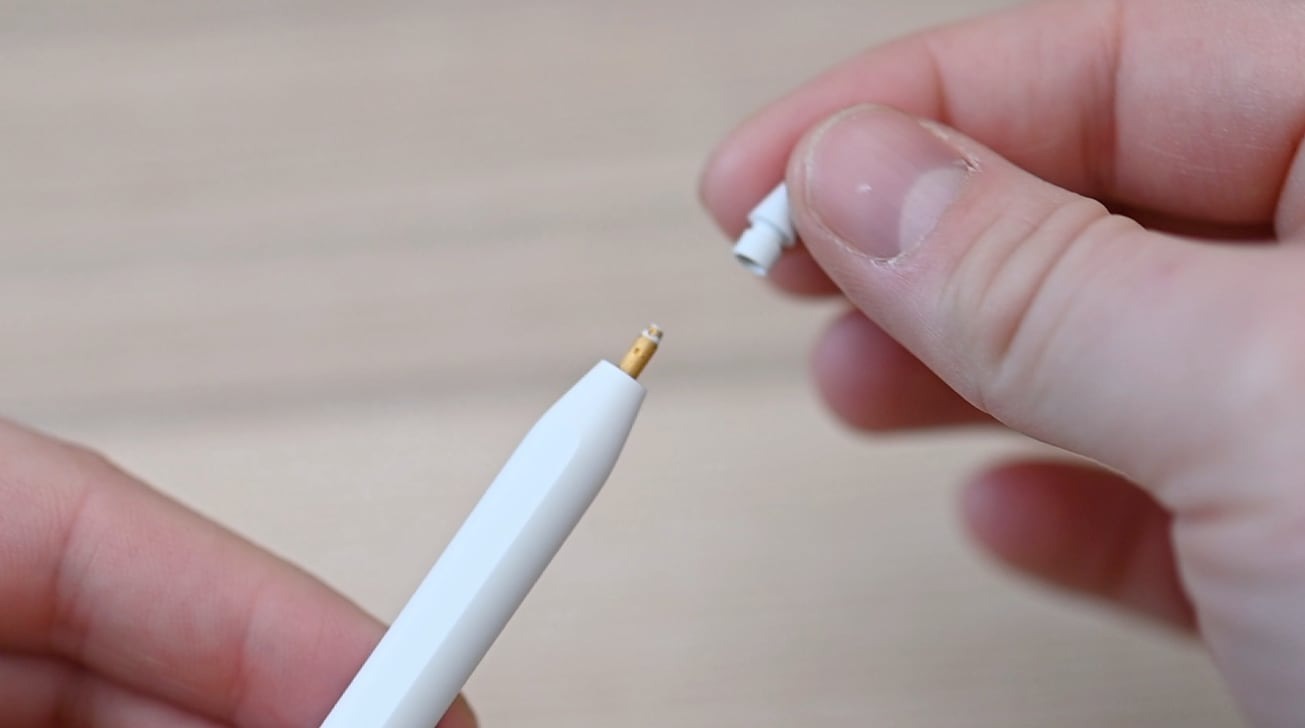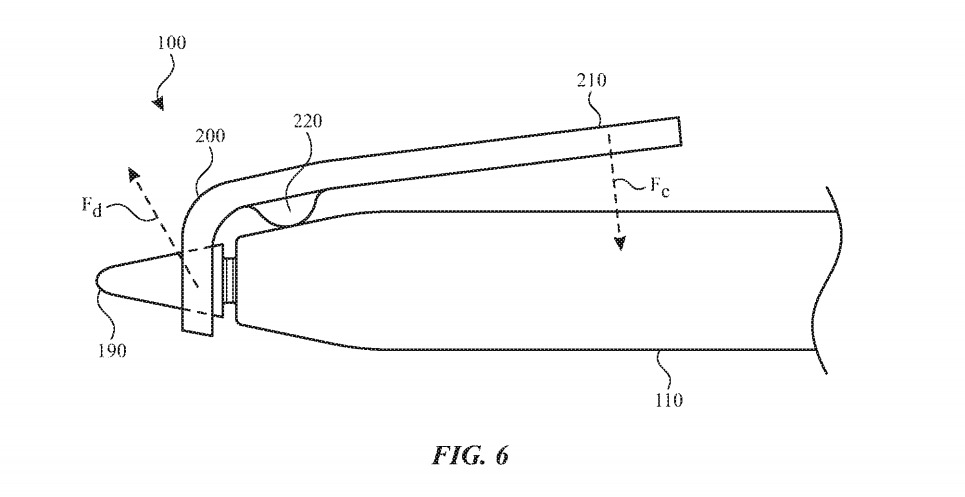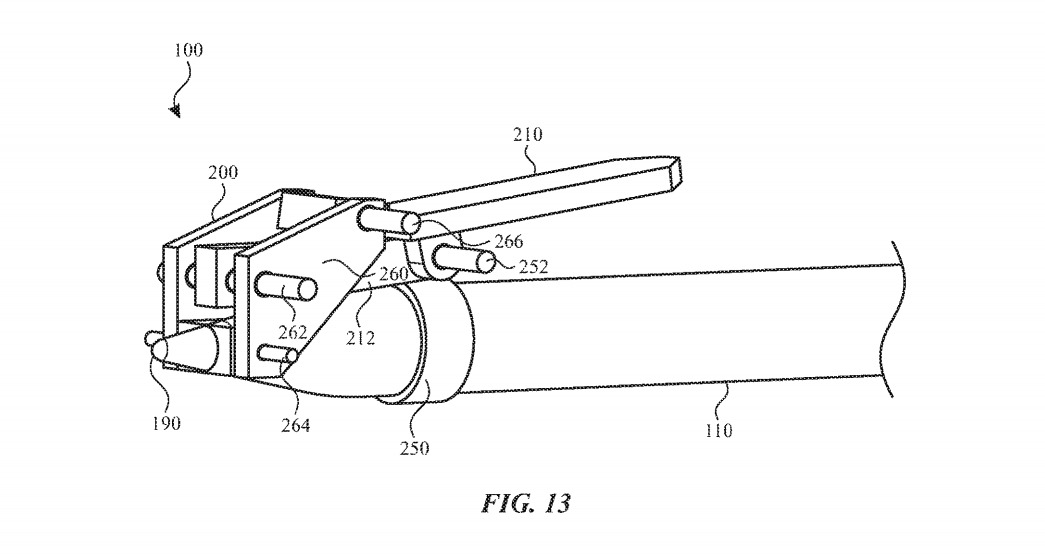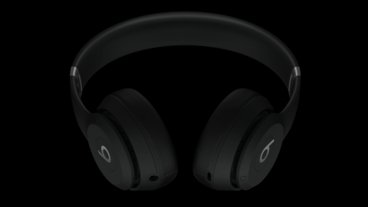Apple researching Apple Pencil tip adapters to add force-sensitive buttons
Owners of the Apple Pencil may be able to add a force-sensing button to their stylus in the future, with Apple researching how to add an adapter to the existing nib to give the user that button.
The Apple Pencil is a well-designed stylus, one that takes charge from its host device and offers a high level of sensitivity to its users. While there have been two different generations of the device, and some smaller changes like the addition of wireless charging, Apple has so far steered clear of making any major adjustments to the fundamentally uncluttered design.
Apple designed the Apple Pencil without any external buttons at all. While other stylus systems offer buttons to allow for alternative selections, in a similar way to a second or third button on a mouse, there is no such option available to Apple Pencil users.
If Apple were to add a button, it would have to do so as part of a major revamp of the Apple Pencil for the next generation, as there are no electrical contacts in the body of the unit to retroactively add a permanent button to existing models. There is a possibility of adding similar functionality as a temporary add-on, and it centers around the pressure-sensitive nib.
In a patent granted by the US Patent and Trademark Office on Tuesday titled "Stylus with input adapter," Apple offers a number of attachments that could be applied to the current generations of Apple Pencil. While a number of options are offered, including highly engineered versions and simple designs using a fulcrum, the core concept of it influencing the nib remains the same across the board.
Apple's proposal leans on the idea that the nib is capable of measuring pressure, both when it is pressed into a surface and when it is being pulled. When the lever or button section of the adapter is disturbed, this applies a force onto the nib of the pencil, generally at a point high up on the movable nib so it doesn't interfere with normal drawing or writing activity.
By detecting this second force, it is plausible for the Apple Pencil to determine that the accessory is being used, and can register it as the equivalent of a button press or a click. Depending on the accessory's motion, it could theoretically pull the nib outward, which could provide a force level for the button press itself.
The versions Apple proposes includes a lever and fulcrum that attaches to the nib by a ring section and to the body by a second ring, a version that is directly attached to the tip probe, a replacement tip with the lever built in that doesn't attach to the body, and a body attachment that makes contact to the nib without being attached, among others.
There is also the suggestion of a button being added to the casing via a depressable cut-out section, again one that could influence the nib's pressure sensors. It is more likely that this option would be offered as part of a future model, rather than as an add-on cover for the Apple Pencil.
The patent lists its inventors as Jae Hwang Lee, Frank Angermann, Killian J,. Poore, and David M. Schattel.
Apple files numerous patent applications on a weekly basis, but while the existence of a filing indicates areas of interest for Apple's research and development efforts, there's no guarantee the concepts will appear in a future product or service.
Other patent filings relating to the Apple Pencil propose its use to trace 3D objects for AR content creation, a Touch Bar-style display that provides extra controls, ways to better simulate paper, and even changing its shape for the comfort of the user.
 Malcolm Owen
Malcolm Owen














 Andrew Orr
Andrew Orr


 William Gallagher
William Gallagher

 Mike Wuerthele
Mike Wuerthele
 Christine McKee
Christine McKee








